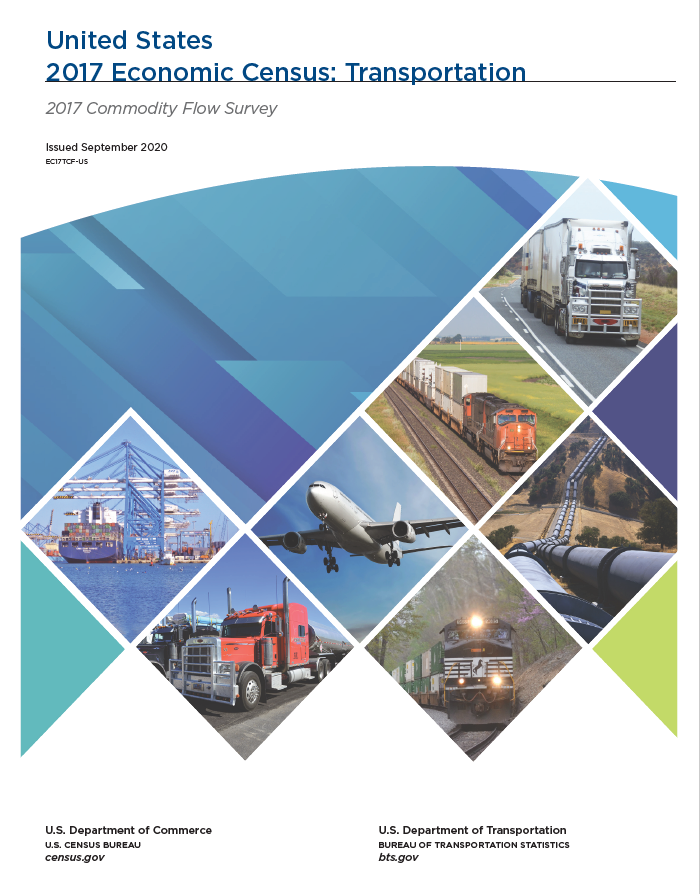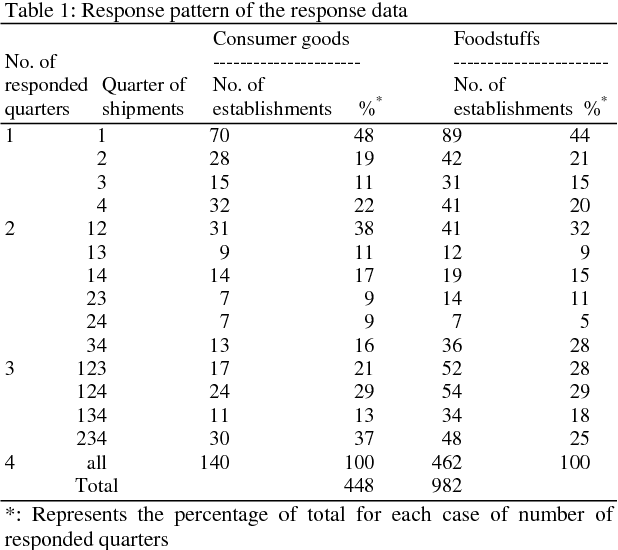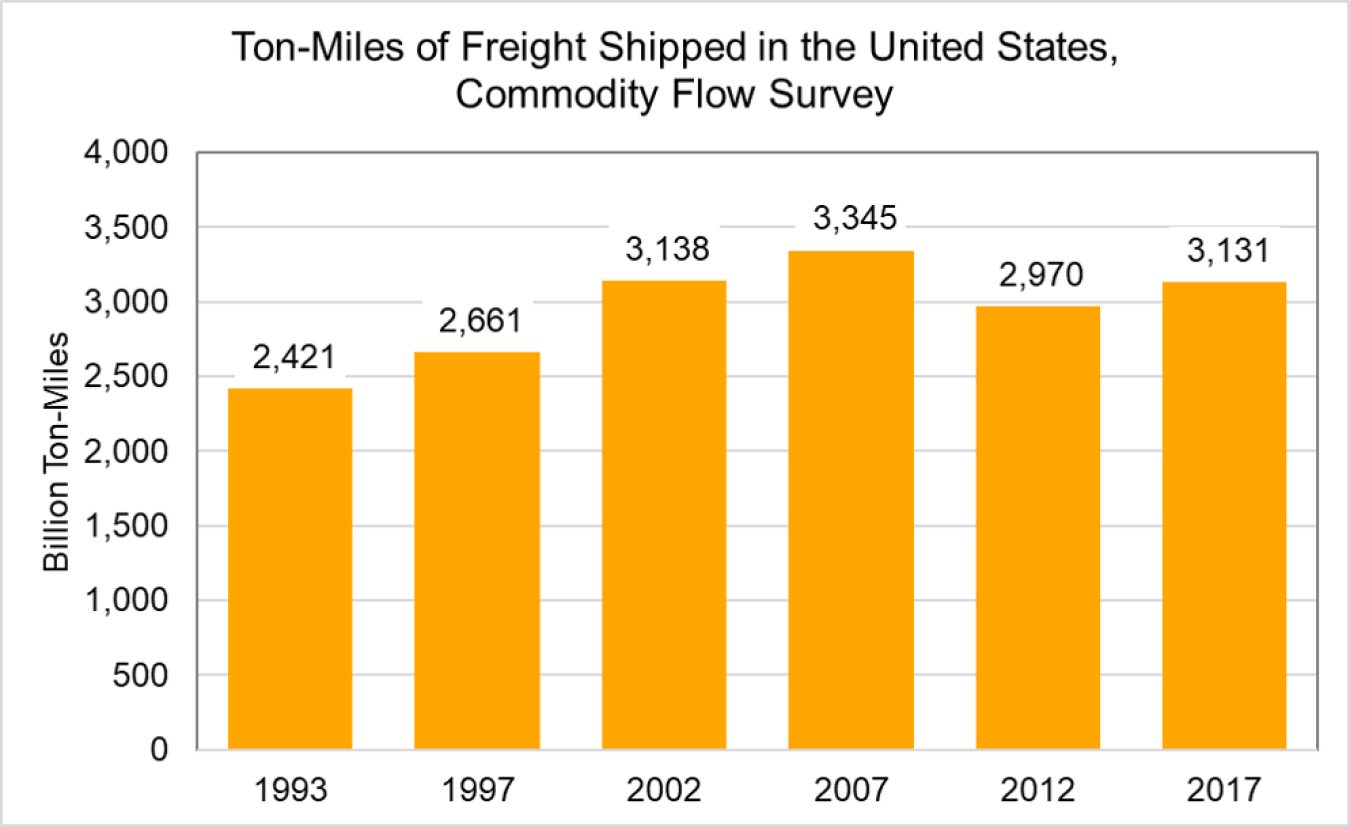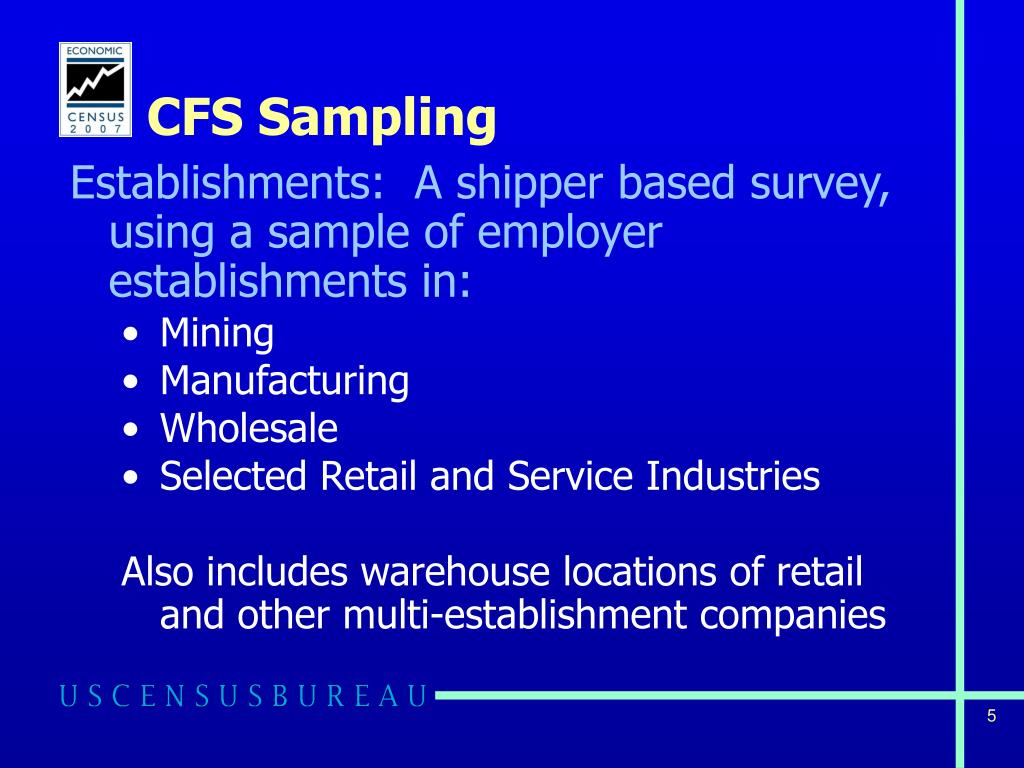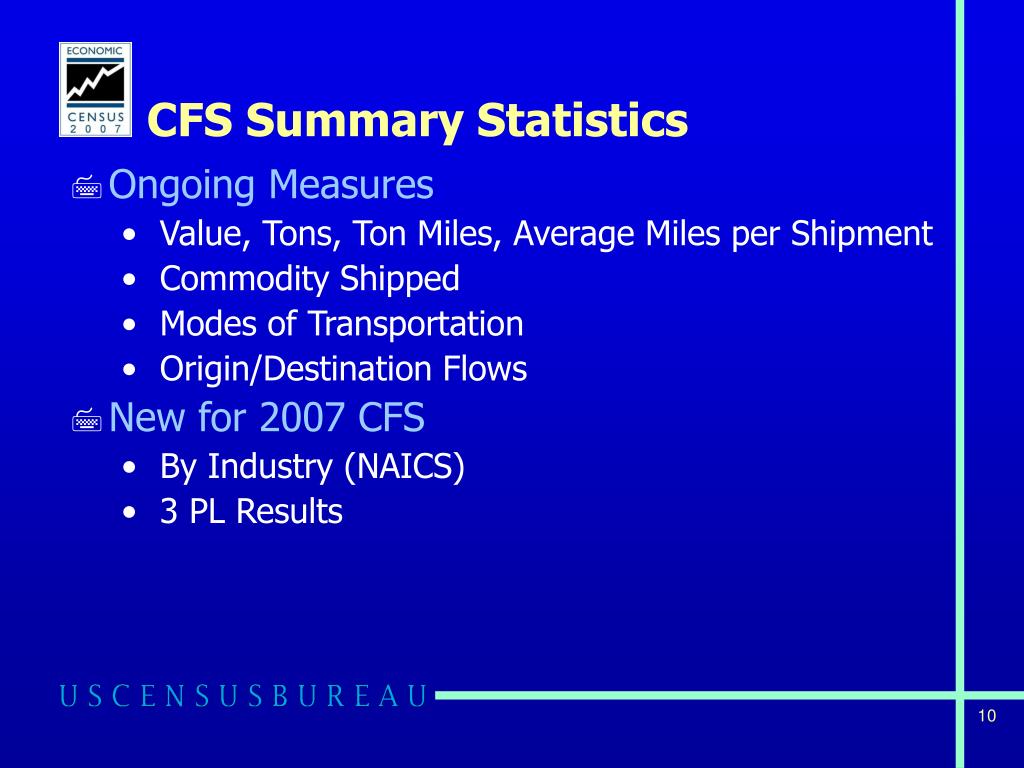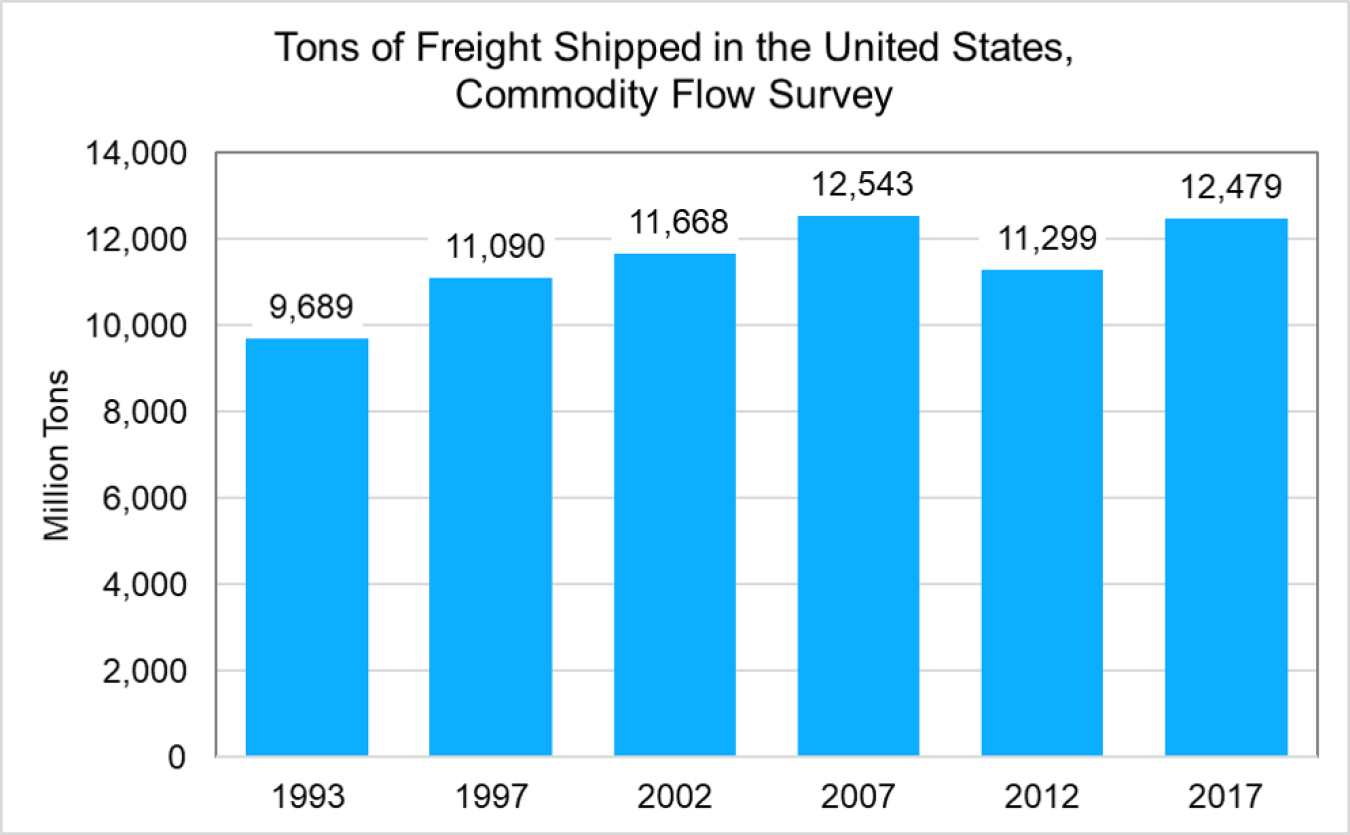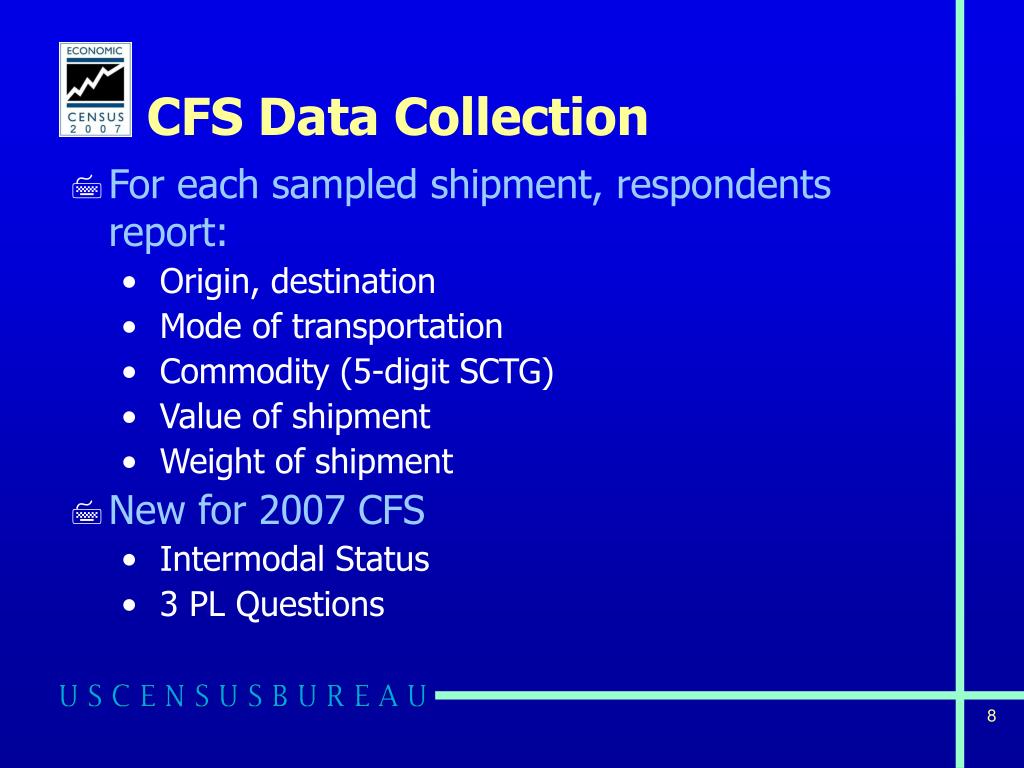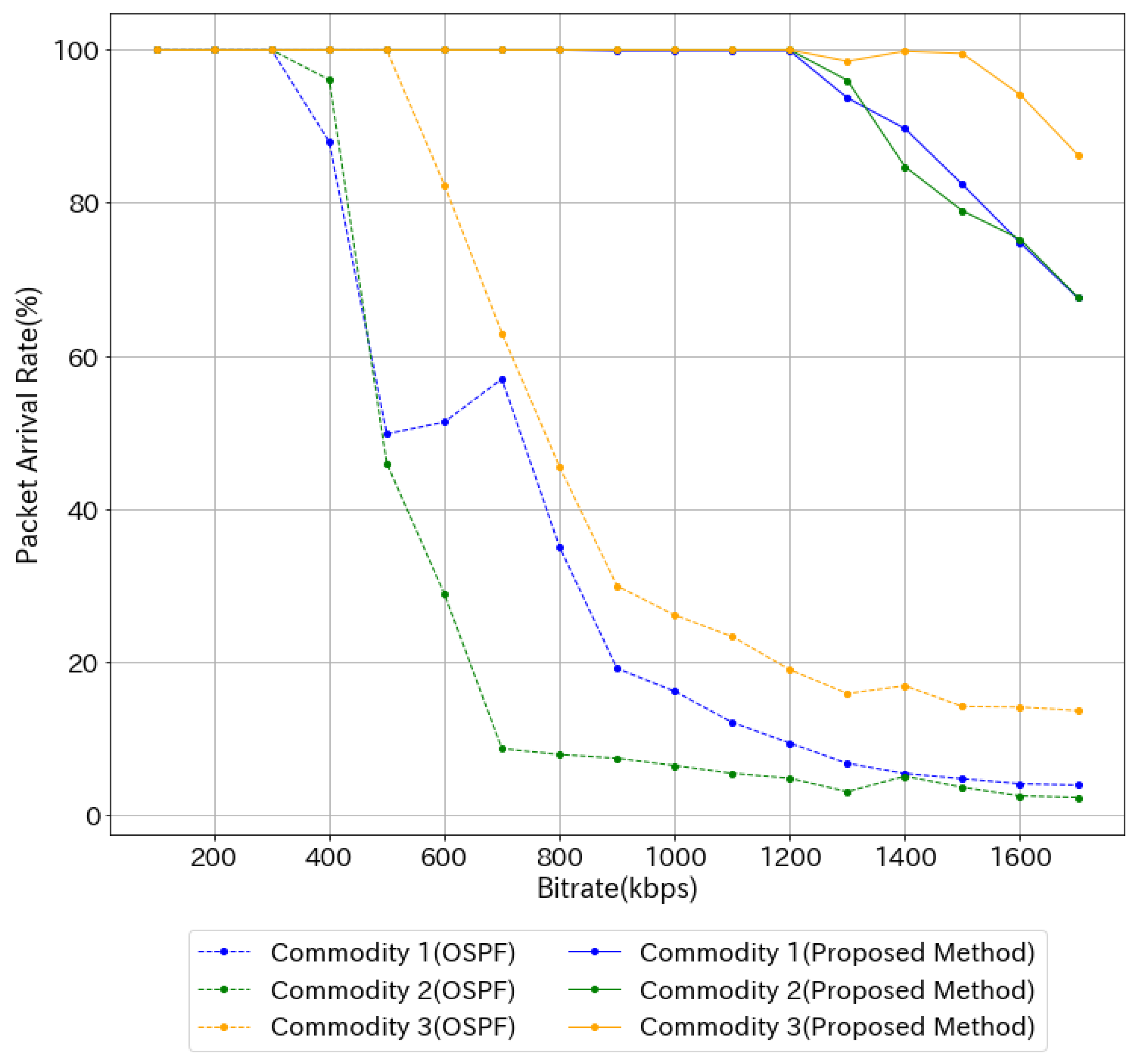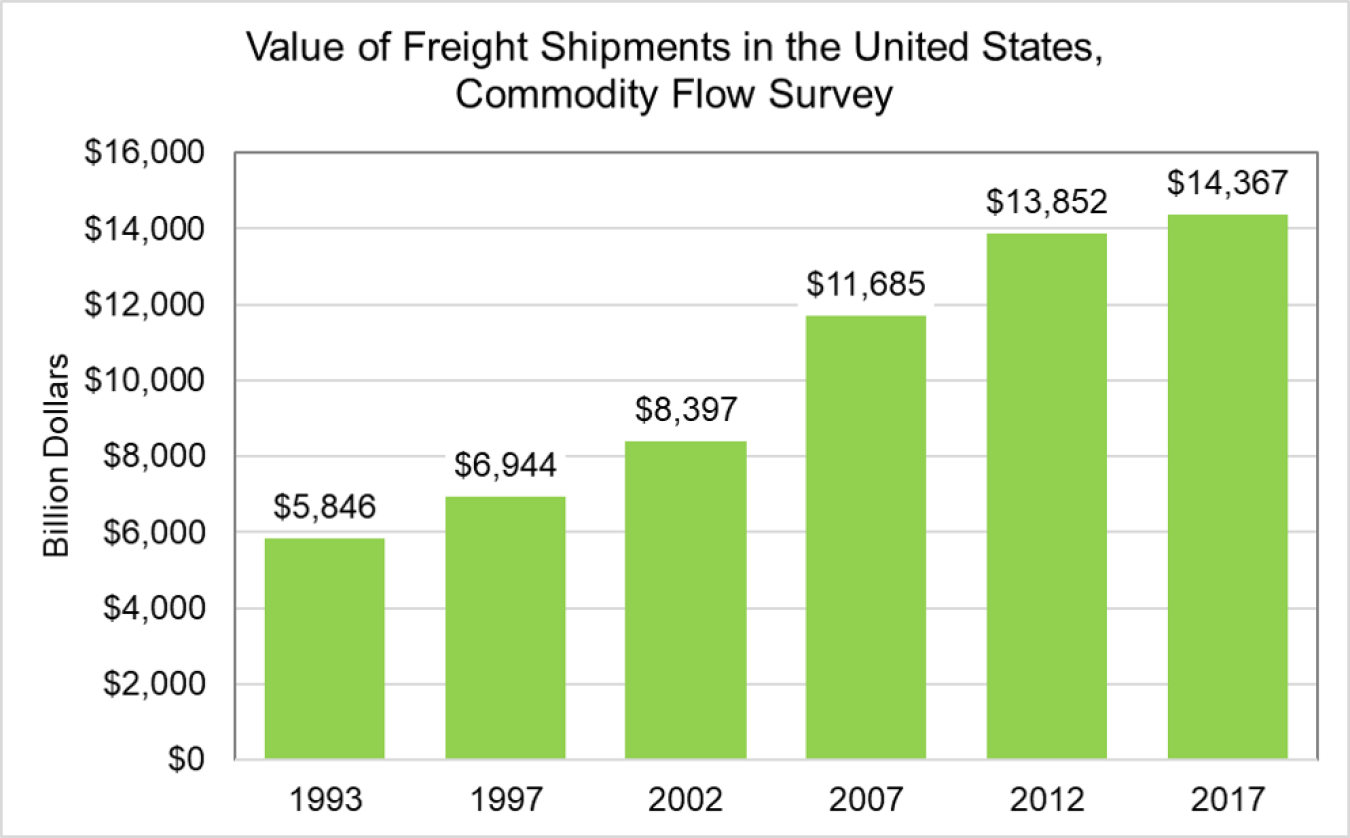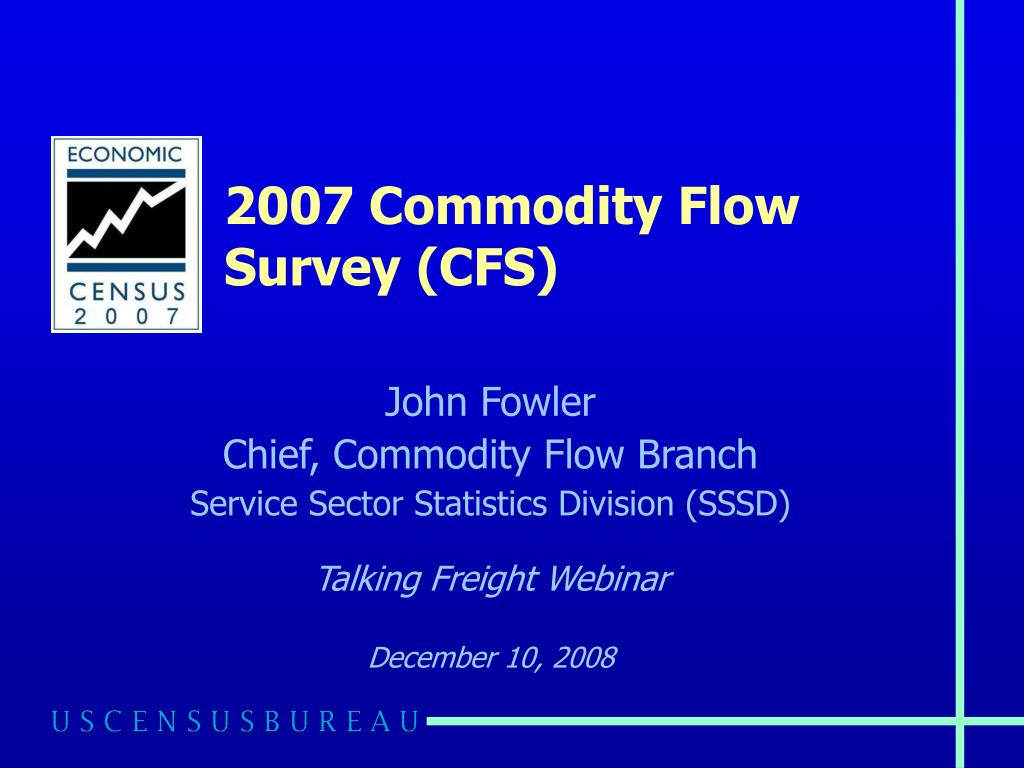Results Of Commodity Flow Surveys Can Be Obtained From

The intricate dance of goods across our nation, from raw materials to finished products, fuels our economy and shapes our daily lives. Access to comprehensive data illuminating these complex flows is paramount for businesses, policymakers, and researchers alike. Understanding the sources of this critical information is now more crucial than ever, empowering stakeholders to make informed decisions amidst evolving global supply chains and economic uncertainties.
The Commodity Flow Survey (CFS), a cornerstone of transportation statistics, offers a detailed snapshot of how goods move within the United States. This article details the primary sources from which CFS results can be obtained, emphasizing the importance of this data for logistics planning, infrastructure development, and economic forecasting. We will explore the specific organizations responsible for collecting, analyzing, and disseminating this information, providing a clear roadmap for accessing these vital resources.
Primary Sources for Commodity Flow Survey Data
The primary source for accessing Commodity Flow Survey data is the U.S. Census Bureau. As the leading collector and disseminator of statistical information about the nation's people and economy, the Census Bureau plays a central role in the CFS.
The Bureau conducts the CFS in partnership with the Bureau of Transportation Statistics (BTS), a part of the U.S. Department of Transportation. Together, these agencies ensure the accuracy, reliability, and accessibility of the data.
U.S. Census Bureau Website
The Census Bureau's official website is the first and most comprehensive portal for obtaining CFS results. The website houses a wealth of information, including detailed tables, reports, and analytical tools.
Users can access data from previous CFS surveys, allowing for trend analysis and historical comparisons. This includes data by mode of transportation, commodity type, origin and destination, and other key variables.
Furthermore, the Census Bureau provides detailed documentation explaining the survey methodology, data definitions, and limitations. This transparency ensures that users can interpret the data accurately and appropriately.
Bureau of Transportation Statistics (BTS) Website
The BTS website serves as another key access point for Commodity Flow Survey data. As the primary statistical agency within the Department of Transportation, the BTS focuses on transportation-related data.
The BTS website offers a user-friendly interface for accessing and analyzing CFS data, often providing visualizations and interactive tools to enhance understanding. Users can find reports and publications that highlight key trends and patterns in commodity flows.
Moreover, the BTS often publishes analyses that contextualize the CFS data within broader transportation and economic trends. This adds value for researchers and policymakers seeking to understand the implications of commodity flows.
Accessing and Interpreting CFS Data
Obtaining Commodity Flow Survey data is just the first step; understanding how to interpret and utilize the information is equally crucial. Both the Census Bureau and BTS provide resources to assist users in this process.
These resources include detailed documentation explaining the survey methodology, data definitions, and potential sources of error. Users can also find tutorials and webinars that demonstrate how to use the data effectively.
It is important to note that the CFS is a sample survey, meaning that the results are based on a subset of the population. Therefore, users should be aware of the potential for sampling error and interpret the data accordingly.
"The CFS provides critical insights into the movement of goods, enabling businesses to optimize their supply chains and policymakers to make informed decisions about infrastructure investment,"explains Dr. Emily Carter, a leading transportation economist.
The Importance of Commodity Flow Data
The data derived from the Commodity Flow Survey holds immense value for various stakeholders. Businesses rely on this data to understand their markets, optimize logistics, and identify new opportunities.
For example, a manufacturer might use CFS data to identify the most efficient transportation routes for shipping its products. Similarly, a retailer could use the data to understand the sources of its inventory and anticipate potential supply chain disruptions.
Policymakers use CFS data to inform infrastructure investment decisions, plan for emergency response, and assess the impact of transportation policies. The data helps them understand the flow of goods across different regions and identify potential bottlenecks or vulnerabilities.
Researchers also utilize CFS data to study transportation patterns, economic trends, and the environmental impacts of freight movement. This data contributes to a deeper understanding of the complex relationship between transportation and the economy.
The U.S. Department of Transportation actively uses the CFS data in its annual freight analysis. This data is vital for understanding the current freight landscape, estimating future trends, and shaping transportation policy. This involves creating models of existing and future freight movement.
Limitations and Future Developments
While the Commodity Flow Survey is a valuable resource, it is important to acknowledge its limitations. The survey is conducted periodically, meaning that the data may not always reflect the most current conditions. Future iterations of the CFS are planned to address some of these limitations.
Additionally, the CFS focuses primarily on shipments originating from businesses, potentially overlooking certain types of freight movement. This is important, as certain business-to-consumer transactions, for example, are not part of the business survey universe that is used as the sample frame for the CFS.
The Census Bureau and BTS are continuously working to improve the CFS, incorporating new technologies and methodologies to enhance data accuracy and relevance. This includes exploring the use of real-time data sources and incorporating more detailed information about supply chain characteristics.
"The future of the CFS lies in leveraging technology to provide more timely and granular data, enabling stakeholders to make even more informed decisions," states Michael Davies, a statistician at the BTS.
Conclusion
Access to Commodity Flow Survey data is essential for understanding the dynamics of freight movement within the United States. By utilizing the resources available from the U.S. Census Bureau and the Bureau of Transportation Statistics, businesses, policymakers, and researchers can gain valuable insights into the flow of goods. This facilitates improved logistics, informed infrastructure planning, and a more resilient economy. As the CFS continues to evolve, it will undoubtedly play an even more critical role in shaping the future of transportation and commerce.


